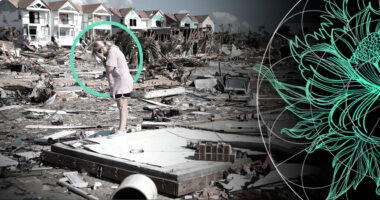Largest Natural Catastrophes
The Great Galveston Storm occurred on September 8, 1900, when a hurricane with an estimated strength of Category 4 hit Galveston, Texas. This hurricane remains the deadliest natural disaster in U.S. history, as well as the worst hurricane in U.S. history.
Excessive rainfall over central China in July and August of 1931 triggered the most deadly natural disaster in world history — the Central China floods of 1931. The Yangtze River overtopped its banks as spring snowmelt mingled with the over 24 inches (600 millimeters) of rain that fell during the month of July alone.
Various phenomena like earthquakes, landslides, volcanic eruptions, floods, hurricanes, tornadoes, blizzards, tsunamis, cyclones, wildfires, and pandemics are all natural hazards that kill thousands of people and destroy billions of dollars of habitat and property each year.
In this section, we have collected the most current articles and reviews on the topic of the Largest Natural Catastrophes.



















